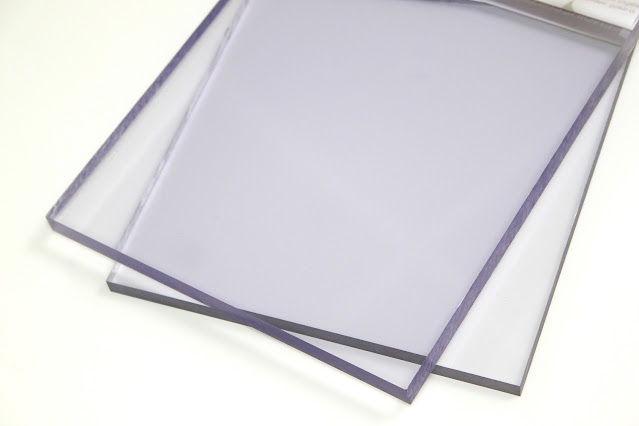Polycarbonate (PC) is a biomaterial with good mechanical strength, temperature resistance, electrical insulation properties, optical properties and high transparency. It is easy to process and is used in a wide range of applications. It is a polymer with carbonate in its chemical structure.
Polycarbonates are synthesised by using processes like interfacial polycondensation and melt condensation. The material is produced by the reaction of Bisphenol A and Phosgene. The reaction takes place between Phosgene and the alkali salts of Bisphenol. PC is completely recyclable.
Polycarbonate is a thermoplastic and can be easily moulded, fabricated and thermoformed. The polycarbonate sheet suppliers in UAE offer different types of sheets like fire-resistant polycarbonate sheets, crystal polycarbonate sheets, multiwall polycarbonate sheets, tinted solid polycarbonate sheets and more.
Processes used for making PC products parts
Moulding
The two types of moulding processes are injection moulding and extrusion.
Injection moulding
In this, the molten material is injected into a mould to get the required shape. The material is first added to a heated barrel and mixed using a screw. The molten material is then injected into the mould and takes the required shape when it is cooled.
Extrusion
This process is used to make product parts of a fixed cross-section by pushing the material through a die. The material is first heated and loaded into a container in a press and pushed into the die. The material goes through compressive and shear stresses. The material takes shape and upon cooling it hardens.
Thermoforming
In this process, the polycarbonate sheet is heated to a pliable temperature and put into a mould to get the required shape. The sheet is first heated in an oven and then stretched into the mould where it takes shape. It is cooled to get the finished product.
Fabrication
The fabrication processes used with polycarbonates are cutting, drilling, routing, bending, sanding, polishing and printing. PC can be cut using saws with a carbide tip. You can use circular saws for cutting and band saws for trimming the formed parts.
The sheets can be cold-bent with a minimum radius depending on the thickness of the sheet. The sheet can be ‘Brake’ bent at a 90° angle though strip heat bending is a better option. Holes can be drilled in the sheets by using a high-speed drill with steel drill bits. Routers can be used to trim the edges of formed parts.
To get a smooth finish sanding is done and with PC sanding can be done using wet and dry techniques. The edges of the part can also be machine buffed to make them shiny. Solvents can be used to polish the edges and make them smooth.
The sheets can be printed using methods like screen printing and hot stamping.



No comments:
Post a Comment